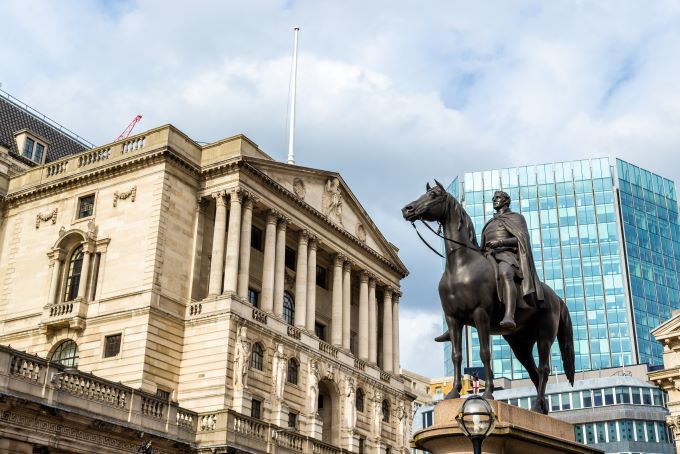So far this week, the Pound Sterling has remained almost steady against the US dollar, falling 0.09 percent and breaking a two-week winning streak. Conversely, it has lost ground against the Euro, dropping 1.28 percent.
There are several factors behind this decline. The first one is the fact that investors have been withdrawing their capital from the United Kingdom's markets, which tends to push down the Pound Sterling's performance. The fact that the UK stocks markets have recovered this week, mainly because of hopes for a Covid-19 vaccine being released soon, which has helped to counter the negative pressure, though it clearly hasn't been enough.
Other factors are the expectations for the Bank of England bringing down the cash rates below zero. In its last meeting, the bank decided to keep the cash rates steady at 0.1 percent and to continue with its £200 billion bond purchasing program, voting favorably to extend it by an additional £100 billion. The idea of bringing down the interest rates below zero has been heavily discussed for some months, though until now there has no been a clean sign in favor of this outcome, just comments pointing out that it remains as a possibility.
The markets believe this possibility is real given the disappointing economic data announced this week from the UK government. Yesterday, the Office for National Statistics reported that the UK's Gross Domestic Product climbed 1.8 percent in May (month-to-month), way below the analysts' expectations who foresaw a 5 percent growth, though a significant improvement from the previous month's figure, which stood at -20.3 percent.
 The disappointing figures brought an uncomfortable fact into the table: expectations for a quick V-shaped recovery were probably too optimistic. This idea was recently reinforced by the Bank of England policymaker Silvana Tenreyro, who said during a webinar that a strong V-shaped recovery is unlikely and favored the expectations for an "incomplete V-shaped trajectory" instead.
The disappointing figures brought an uncomfortable fact into the table: expectations for a quick V-shaped recovery were probably too optimistic. This idea was recently reinforced by the Bank of England policymaker Silvana Tenreyro, who said during a webinar that a strong V-shaped recovery is unlikely and favored the expectations for an "incomplete V-shaped trajectory" instead.
"My central case forecast is for GDP to follow an interrupted or incomplete ‘V-shaped’ trajectory, with the first quarterly step-up in Q3," she commented, adding that the interruptions were caused by a continuing risk aversion, a high unemployment level, as well as a voluntary social distancing and remaining restrictions in some sectors.
Other relevant figures that have been released this week are the manufacturing production indicator, which stood at 8.4 percent (month-to-month) in May, after being at -24.4 percent on the previous month, as well as the industrial production indicator, which climbed 6 percent in May after dropping 20.2 percent in April.
June's consumer price index (year-to-year) stood at 0.6 percent, slightly over May's figure which stood at 0.5 percent and over the analysts' expectations who foresaw a 0.4 percent increase.
The Brexit political crisis only adds to the uncertainty, since the ongoing negotiations are not advancing satisfactorily as both negotiation teams have been unsuccessful in terms of coming to an agreement. The last round of talks ended up stalling because of "significant divergences" according to the EU's Chief Negotiator, Michael Barnier. If both sides don't reach an agreement by the end of this year, the UK would have to leave the single market and the customs union without a deal.
The next round of negotiations is set to take place in the week of 20 July, in the UK. According to Barnier, the "moment of truth" for a potential trade deal with the United Kingdom will be in October, when the European Union will hold a summit.
Tomorrow, May's unemployment rate is being released by the Office for National Statistics, which stood at 3.9 percent in April. Analysts expect it to increase to 4.2 percent.
